
As the moon completes its final cycle of the year and ushers in the new, millions around the globe ready themselves to welcome the Chinese Lunar New Year, a festival steeped in ancient traditions and rich cultural history. This celebration, also known as Spring Festival, marks the beginning of the lunar new year and is the most significant holiday in Chinese culture, with its origins tracing back over 3,000 years to the Shang Dynasty. The festival’s roots are deeply entwined with several myths and legends, the most notable being the story of Nian, a fearsome beast believed to prey on villagers at the year’s turn. The legends tell of the villagers using loud noises, bright lights, and the color red to scare Nian away, practices that have evolved into the fireworks, lanterns, and red envelopes synonymous with the holiday today.
Beyond its mythical origins, the Chinese Lunar New Year is a time for honoring deities and ancestors, with various rituals performed to ensure good luck, health, and prosperity in the year ahead. It is a period where families reunite, often traveling long distances to share in the festivities together, reflecting the holiday’s emphasis on kinship and renewal. Each year is associated with one of the 12 animals in the Chinese zodiac, adding a unique flavor to the celebrations based on the characteristics of the year’s namesake animal.
One of the beautiful aspects of this celebration is the incorporation of indoor houseplants, which are believed to bring good luck, prosperity, and positive energy into the home. In this article, we explore various indoor houseplants traditionally used to celebrate the Chinese New Year, delving into their cultural significance, physical descriptions, and care guidelines.
Each plant holds a unique place in the celebrations, embodying specific wishes and blessings for the new year:
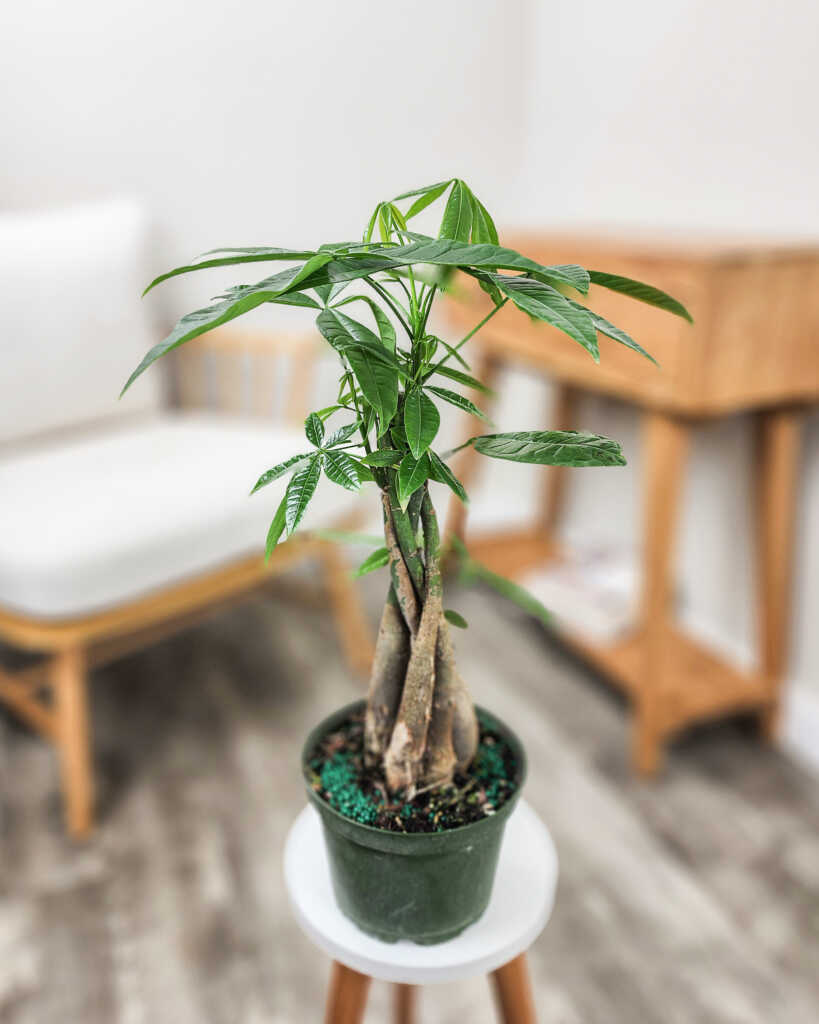
Braided Money Tree
Braided Money Tree (Pachira aquatica):
The Braided Money Tree is a popular symbol of wealth and prosperity. Its braided trunk, which is often formed by intertwining several plants, is believed to lock in fortune, while its lush, green leaves represent the capturing of wealth. This plant is a common gift during the Chinese New Year, embodying wishes for financial success and stability.
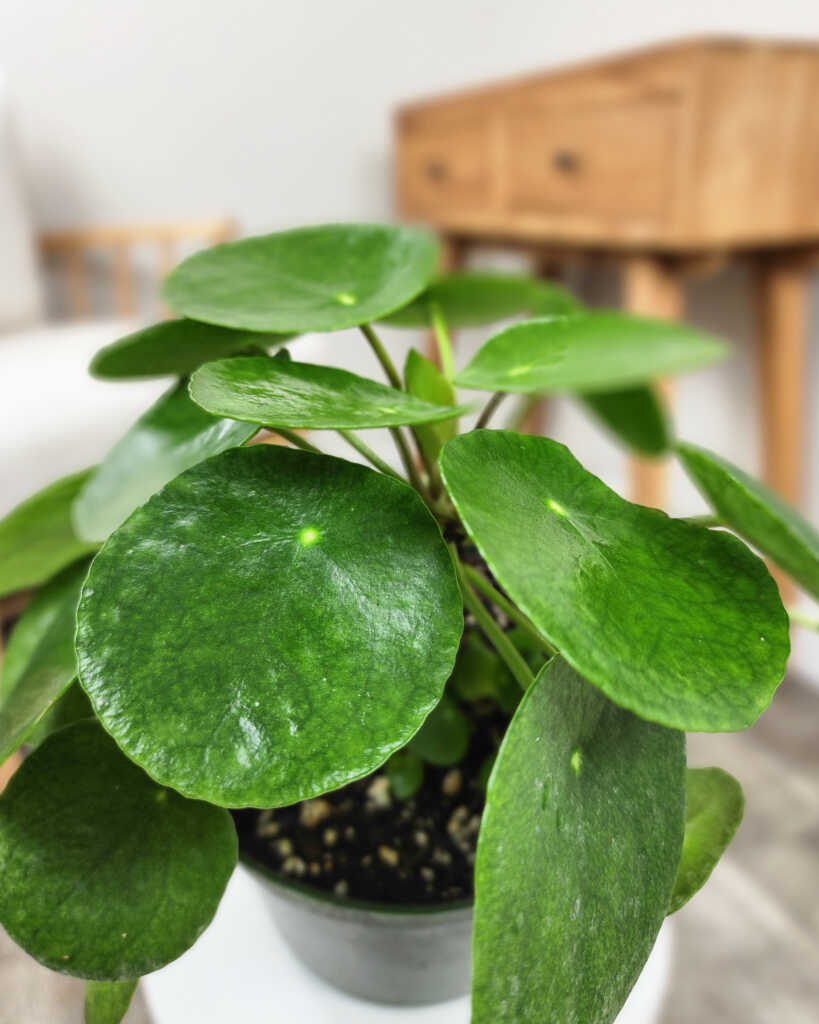
Pilea Chinese Money Plant
Pilea Peperomioides (Chinese Money Plant):
Known for its round, coin-like leaves, the Pilea Peperomioides is another plant associated with wealth and prosperity. Its unique appearance is believed to attract money and good fortune, making it a favored plant for those looking to increase their riches in the new year.
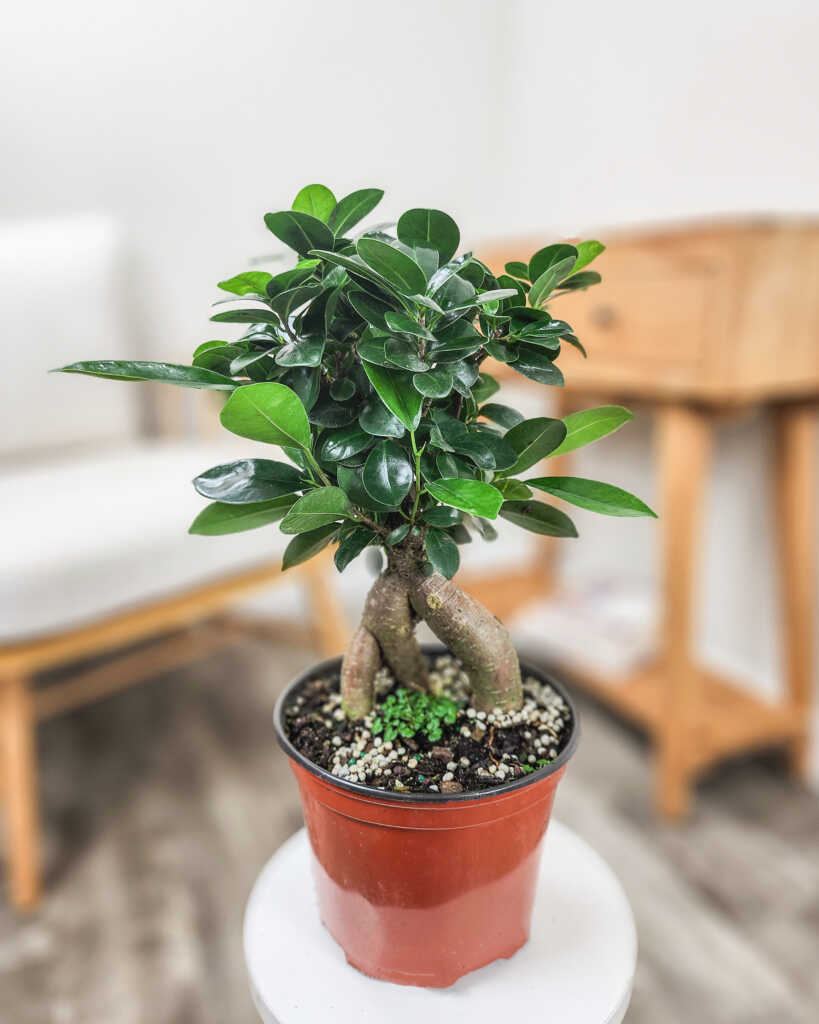
Bonsai Ficus ‘Ginseng’
Ginseng Ficus Bonsai Tree
The Ginseng Ficus Bonsai, with its sturdy roots and robust trunk, symbolizes strength, longevity, and vitality. Its ability to thrive in a variety of conditions is seen as a metaphor for resilience and adaptability. Displaying a Ginseng Ficus Bonsai Tree during the Chinese New Year is thought to bring stability and endurance to one’s health and relationships.
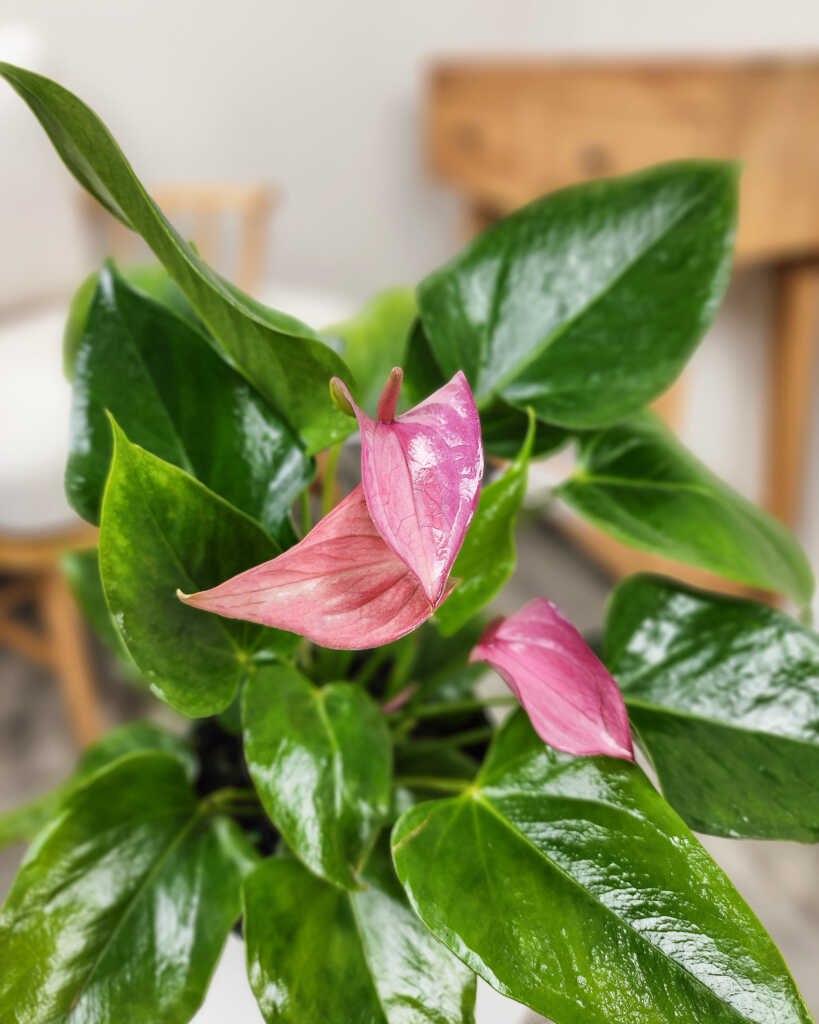
Pink Anthurium
Anthuriums
Anthuriums, with their bright, heart-shaped flowers, are believed to bring happiness and abundance. Their vibrant appearance is thought to enhance positive energy and attract good luck, making them a popular choice for adding a splash of color and joy to New Year festivities.
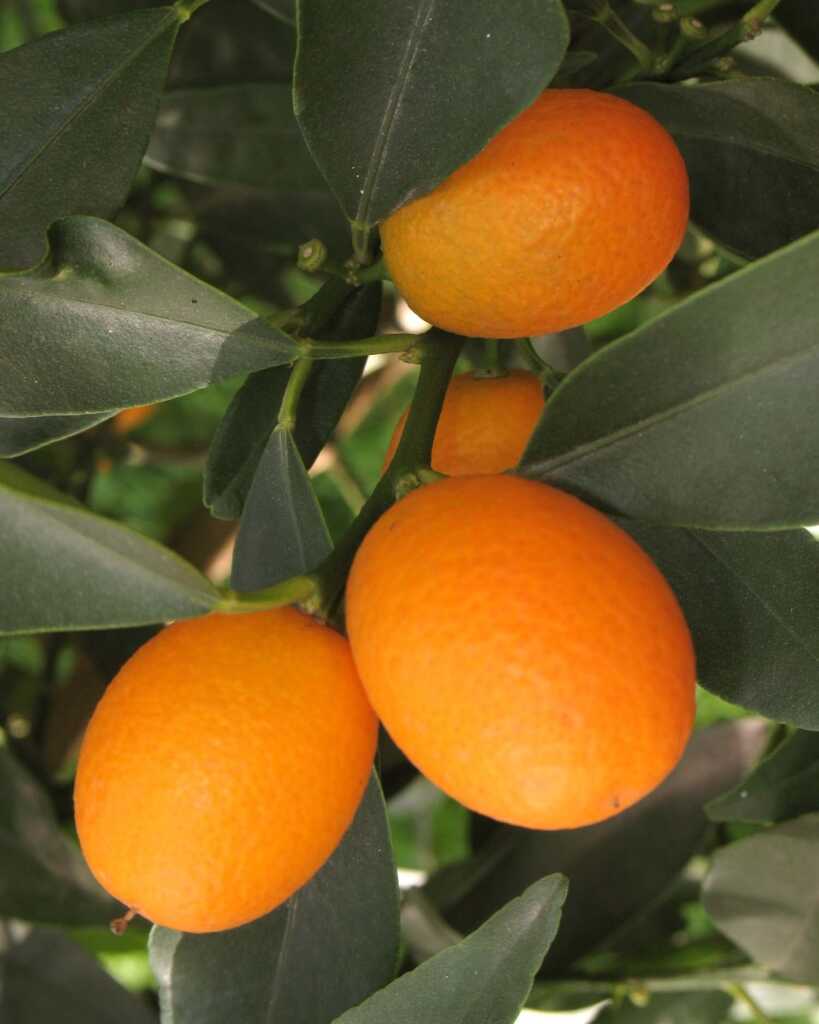
Meiwa Kumquat Tree
Kumquat / Oranges
Kumquats and oranges are not only consumed during the Chinese New Year but are also displayed for their symbolic meanings. Kumquats resemble gold coins, promoting wealth, while oranges represent luck and prosperity. These fruits are often given as gifts to convey wishes for a prosperous year.
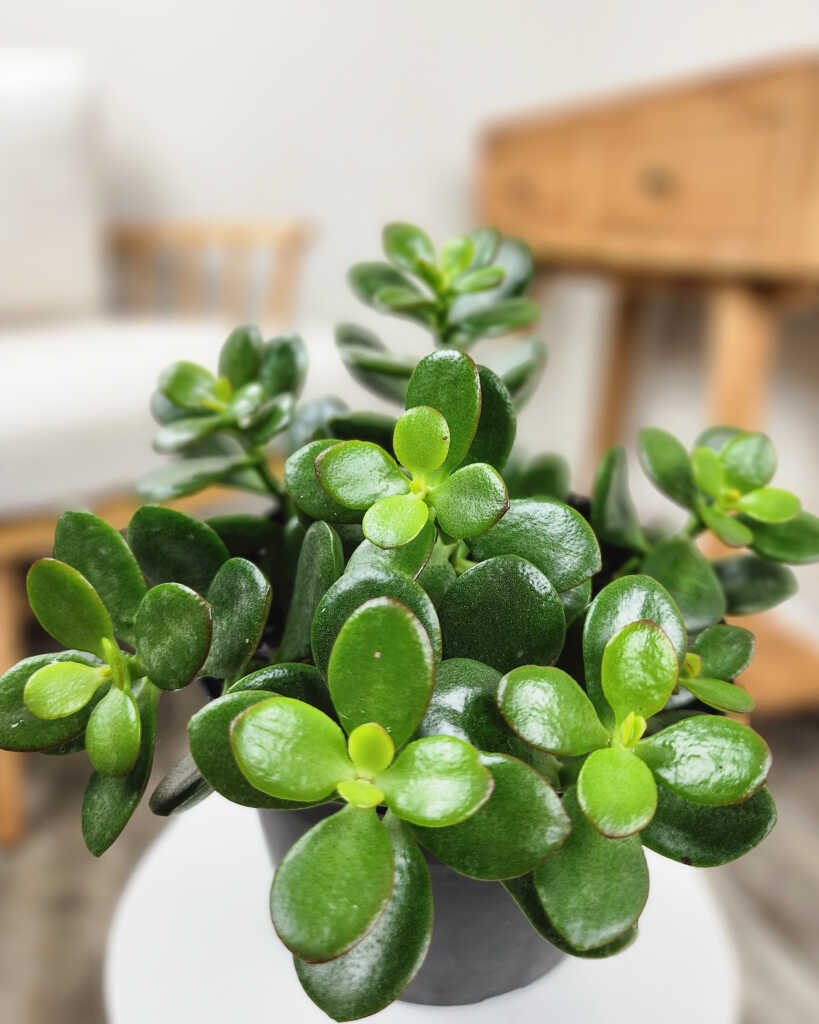
Crassula Jade Plant
Jade Plant
The Jade Plant, with its succulent green leaves that resemble jade coins, symbolizes prosperity and success. Its resilience and easy growth make it a symbol of renewal and sustained wealth. Displaying a Jade Plant is thought to encourage financial growth and opportunity.
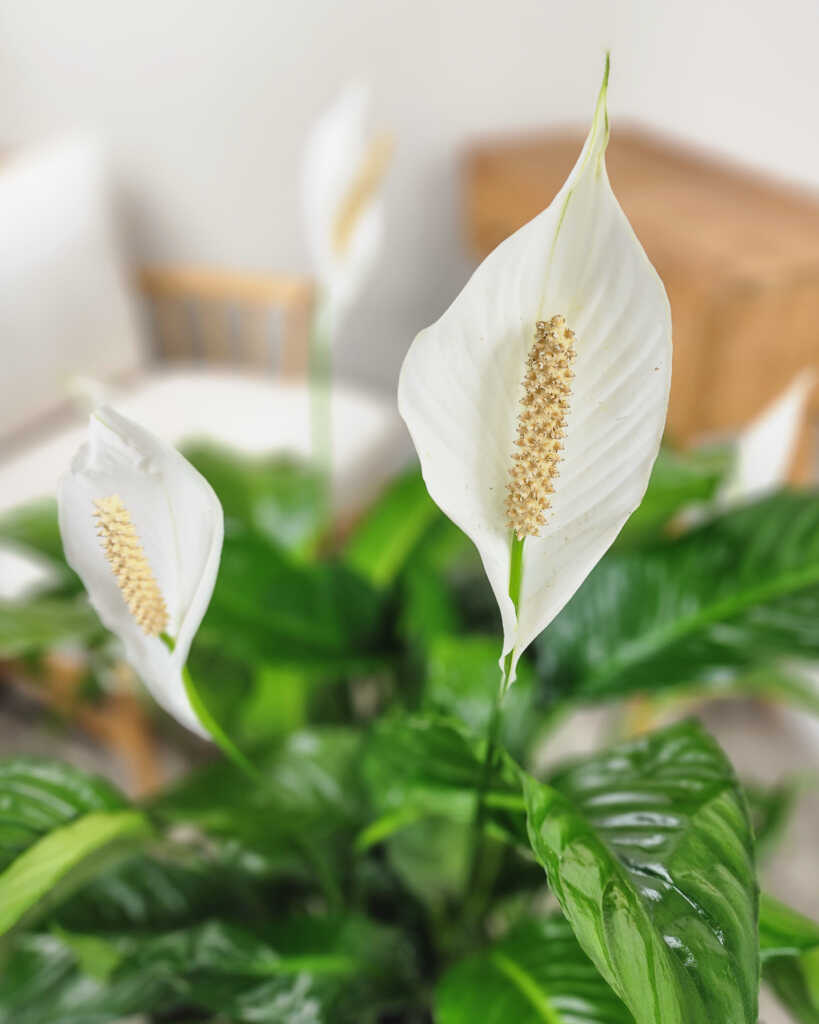
‘Sweet Pablo’ Peace Lily
Peace Lily
The Peace Lily, with its elegant white flowers, symbolizes peace, tranquility, and purity. It’s believed to cleanse the air of negative energy, promoting a harmonious and prosperous environment. The Peace Lily’s ability to thrive in low light is also seen as a metaphor for resilience and renewal, making it a meaningful addition to New Year celebrations.
Each of these plants plays a significant role in the Chinese New Year, not just as decorations but as bearers of deep cultural meanings and wishes for the year ahead. Incorporating these plants into the festivities is a beautiful way to honor tradition and invite positive energy into one’s home and life.


